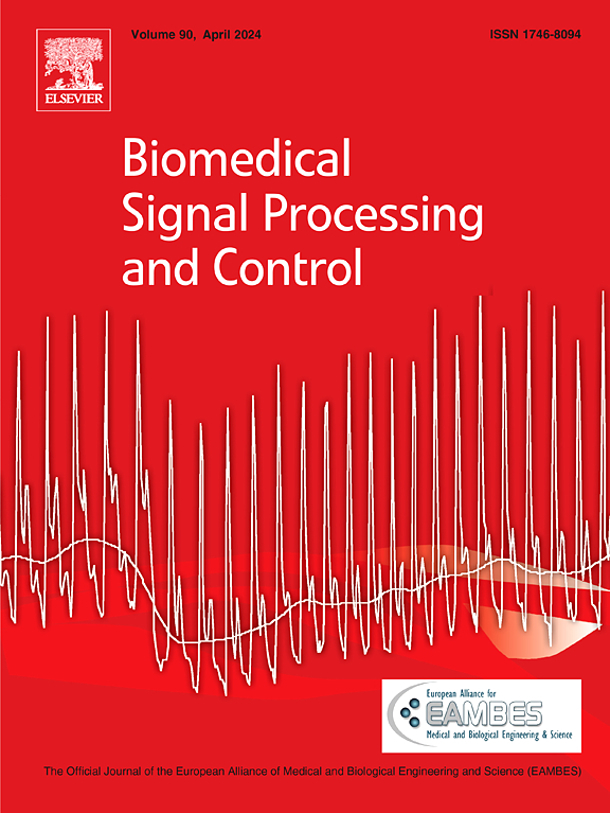
Authors From Afeka: Prof. Zehava Ovadia-Blechman, Dr. Oshrit Hoffer
Abstract
The use of non-contact and non-invasive tools for monitoring physical measurements has emerged over the last years. One such tool is thermal imaging, which can be executed by connecting a camera to a mobile phone. In previous studies, thermal imaging has been shown to successfully monitor changes in skin microcirculation. The goal of this study was to characterize palm perfusion during local blood pressure changes using non-contact thermal imaging and machine learning techniques. To do so, a clinical trial was defined, in which the subject’s “treated palm” underwent gravity-induced changes. Thermal images captured the behavior of the microcirculation response to the trial. The collected image data were analyzed using statistical and machine learning tools to in order to characterize the microcirculation response to gravity changes.
Our findings show that there is a meaningful relationship between the subjects’ initial palm temperatures and their weight, body mass index, and red blood cells. The typical responses of the subjects to gravity changes cluster into three groups according to temperature changes: subjects with positive, balanced, and negative reactions to the clinical trial. The bilateral effect was confirmed, as a significant relationship between the self-subject palms was identified. Prediction of the treated palm’s response was carried out with a new regression model, which presented superior results over known regression techniques.
Our novel developed methodologies may assist in monitoring different diseases that affect microcirculation. Moreover, thermal imaging can be implemented for personal follow-up of patients’ care in the clinic as well as in-home care.


Combining thermal imaging and machine learning to noninvasively characterize palm perfusion during local blood pressure changes
Share a link using:
https://www.afeka.ac.il/en/industry-relations/research-authority/combining-thermal-imaging-and-machine-learning-to-noninvasively-characterize-palm-perfusion-during-local-blood-pressure-changes/WhatsApp
Facebook
Twitter
Email
https://www.afeka.ac.il/en/industry-relations/research-authority/combining-thermal-imaging-and-machine-learning-to-noninvasively-characterize-palm-perfusion-during-local-blood-pressure-changes/